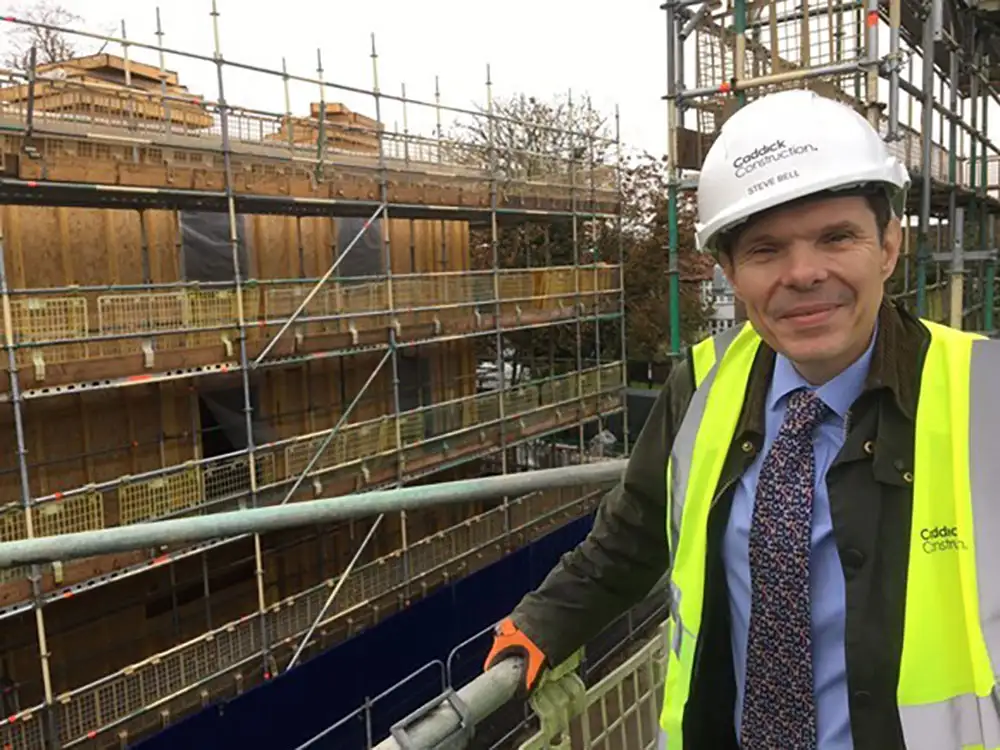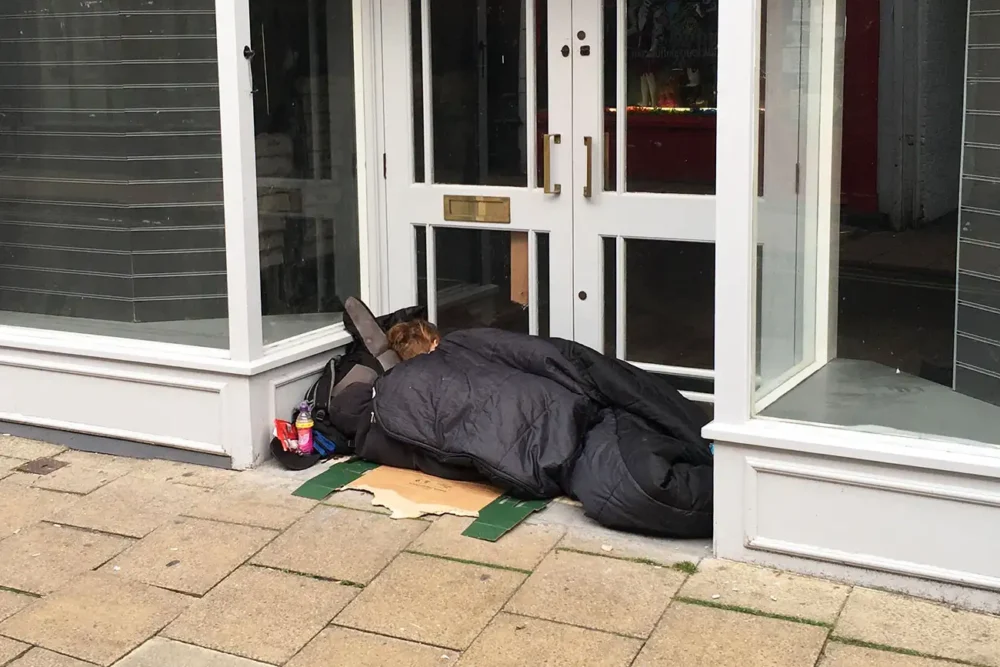Spiralling rents in York pose a challenge to tackling homelessness, a council report states.
City of York Council dealt with nearly 800 households who were in imminent danger of homelessness in 2022-3 – yet there were fewer than 600 social housing lettings available locally.
Nearly 150 affordable homes were built in the 12 months up to March – but 592 need to be built every year to keep up with local demand.
It comes as councillors discussed the authority’s Draft Homelessness and Rough Sleeping Strategy ahead of a decision on whether to approve it in December.
Council housing lead Cllr Michael Pavlovic told councillors the strategy, which would run until 2029, aimed to deliver on the Labour administration’s commitment to end homelessness.
Figures in the council’s report showed Local Housing Allowance Rates, the figures used to calculate housing benefit payments, had failed to keep up with rising rents in York.
The almost £700-a-month rate for a one-bedroom home compares to this year’s average rents of almost £800-a-month.
Almost £800-a-month for a two-bedroom house compared to almost £1,000-a-month in rents on average, with a rate of around £800-a-month for a three-bed house comparing to rents of more than £1,200-a-month.
Causes include domestic abuse
The report showed that of the around 250 homeless households in York in 2022-3, 81 were because their family or friends were no longer willing to accommodate them.
A total of 48 were homeless because of domestic abuse, while 24 were because their tenancies ended and a further 24 were because their relationships broke down.
Evictions from supported housing were the reason 20 of them became homeless, while 13 were because of violence and harassment and 38 were due to other reasons.
The council’s health, housing and adult social care committee heard the council would look to house people as quickly as possible rather than putting them in temporary accommodation.
The ‘Housing First’ approach aims to stop those at risk of homelessness becoming stuck needing services rather than getting re-housed.
Council figures showed 61 of the 323 people currently on pathways to resettlement had been in the system for ten years or more.
The council aims to expand its stock of one-bedroom homes during the next five years by 250 to support the approach.

It would also work with other services to support those going into homes with coping with mental health issues and the effects of domestic abuse.
The council and its partners would also aim to tackle those issues at their root to try and address the rising demand for help with avoiding homelessness.
Councillors heard the results of Housing First elsewhere showed it had freed up resources for authorities to deal with more serious cases of homelessness.
But a report on the strategy stated the supply and availability of affordable homes was key to making it work, along with help to keep people in them.
Cllr Pavlovic said that although the council could not magic up more one-bedroom homes, the strategy should result in year-on-year improvements up to 2029.
The executive member said: “Ending homelessness is something this administration’s committed to.
“We’re looking at modular housing and our garage stock among other low cost options.
“We’re currently spending more than £1m-a-year on homelessness services, if we’re going to move away from hostel accommodation to independent living that opens up new options for us.”
